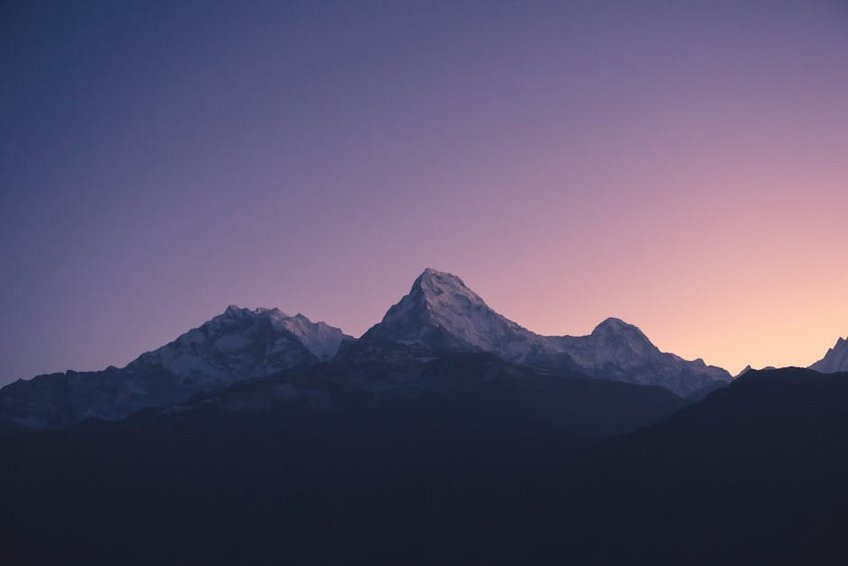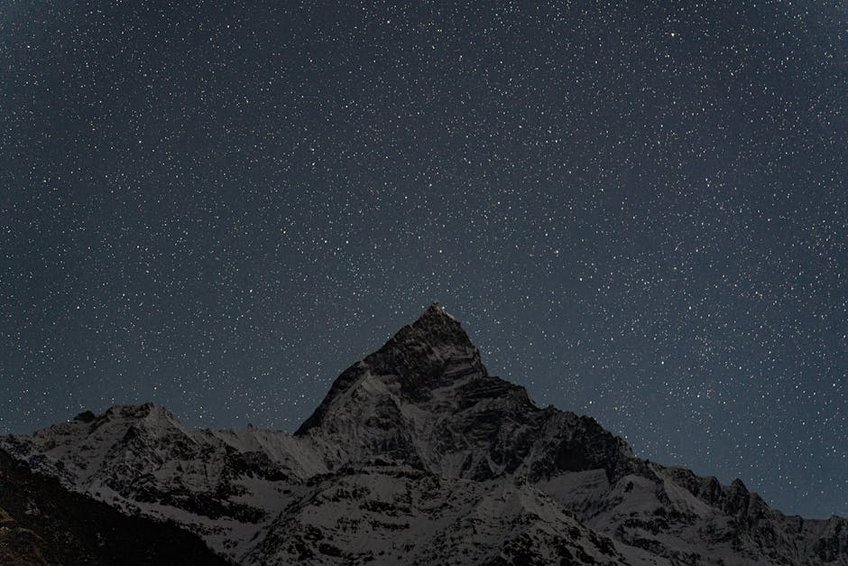Nepal Pokhara Tandem Paragliding: Soar Above the Himalayas
Imagine floating effortlessly over emerald lakes and majestic mountain peaks, with the crisp Himalayan air brushing against your face—this is exactly what Nepal Pokhara tandem paragliding offers. As one of the world’s most breathtaking adventure activities, this experience combines the thrill of flight with unparalleled natural beauty. Pokhara, nestled in central Nepal, serves as the perfect launchpad for paragliding enthusiasts and first-timers alike. You’ll be paired with a certified pilot who handles all the technical aspects, allowing you to fully immerse yourself in the panoramic views of Phewa Lake and the Annapurna range. Whether you’re an adrenaline junkie or simply seeking a unique perspective on Nepal’s landscapes, Nepal Pokhara tandem paragliding delivers an unforgettable journey. The activity has gained global recognition for its safety standards and accessibility, making it ideal for solo travelers, couples, and families. From the moment you take off from Sarangkot Hill to the gentle landing by the lakeside, every second is filled with awe-inspiring moments. I’ve personally experienced this adventure multiple times, and it never fails to leave me speechless. Ready to discover why thousands flock here annually? Let’s dive into everything you need to know to plan your own soaring escape.
Nepal Pokhara Tandem Paragliding – Essential Information
Nepal Pokhara tandem paragliding is more than just a flight; it’s a carefully orchestrated experience designed for maximum enjoyment and safety. The activity typically lasts between 15 to 30 minutes, depending on weather conditions and the package you choose. You’ll start from Sarangkot Hill, which sits at about 1,600 meters above sea level, offering stunning views even before takeoff. Certified pilots, trained under international standards, accompany you in a tandem setup where they control the glider while you relax and take in the scenery. The flight path often circles above Phewa Lake, giving you glimpses of colorful boats and surrounding villages. Thermal currents in the region provide smooth, stable flights, especially during optimal seasons. Most operators include photo and video packages, so you can capture every moment without worrying about equipment. Safety briefings are mandatory and cover basics like takeoff, landing positions, and emergency procedures. This adventure suits almost all fitness levels, though it’s advisable to inform operators of any health concerns beforehand. The combination of professional guidance and natural beauty makes Nepal Pokhara tandem paragliding a must-do for anyone visiting Nepal.
What is Tandem Paragliding? – A Beginner’s Guide
- Tandem paragliding involves flying with a certified pilot in a two-person glider, where the pilot handles navigation and control, allowing you to enjoy the ride without prior experience.
- Flights typically reach altitudes of 500 to 1,000 meters above ground, offering expansive views of Pokhara Valley, Phewa Lake, and the Annapurna mountain range.
- Modern paragliders are made from lightweight, durable materials and include safety features like reserve parachutes, ensuring a secure experience even for nervous flyers.
- Budget options range from $80 to $100 USD for a standard 15-20 minute flight, often including basic safety gear and a certificate, but excluding photos; ideal for travelers watching their spending.
- Mid-range packages cost $100 to $150 USD for 20-30 minutes with added perks like HD photos and videos, hotel pickups, and longer flight paths over key landmarks; great for those wanting more value.
- Luxury experiences run $150 to $200 USD or more, featuring extended flights up to 45 minutes, professional video editing, premium gear, and private transfers; perfect for special occasions or photography enthusiasts.
- Official Nepal Tourism Board
- Lonely Planet’s Pokhara Guide
Why Pokhara is Ideal for Paragliding – Unique Advantages
Pokhara’s geography creates ideal paragliding conditions that are hard to find elsewhere. The city lies in a valley surrounded by hills and lakes, generating consistent thermal updrafts that keep gliders airborne longer. Sarangkot Hill, the primary launch site, provides a gradual slope for smooth takeoffs, while landing zones near Phewa Lake are spacious and easily accessible. Compared to other paragliding destinations, Pokhara offers a unique blend of cultural and natural scenery—you might spot traditional Nepali villages, terraced farms, and snow-capped peaks all in one flight. The area’s microclimate ensures relatively stable weather, especially from October to April, reducing flight cancellations. Additionally, local operators adhere to strict safety protocols regulated by Nepal’s aviation authorities, giving you peace of mind. These factors make Nepal Pokhara tandem paragliding a top choice for both novice and experienced adventurers seeking reliability and beauty.
Nepal Pokhara Tandem Paragliding – Planning Your Trip
Planning your Nepal Pokhara tandem paragliding adventure requires attention to timing, budget, and logistics to ensure a seamless experience. Start by booking your flight through reputable operators, which can be done online or in-person upon arrival in Pokhara. I recommend reserving at least a week in advance during peak seasons to secure your preferred time slot. Flights are scheduled mainly in the morning and late afternoon when wind conditions are most favorable. Your total cost will vary based on flight duration, inclusions like photos, and operator reputation. Beyond the flight itself, factor in transportation to Sarangkot Hill, which many operators arrange for an additional fee. It’s wise to allocate a full day for this activity, as weather delays can occur. Pack light but essentials include sunglasses, sunscreen, and a jacket for higher altitudes. Communicate any mobility issues to your operator early, as the takeoff site involves a short walk. With proper planning, your Nepal Pokhara tandem paragliding trip will be smooth and memorable.
Best Time to Visit for Paragliding – Seasonal Analysis
The best time for Nepal Pokhara tandem paragliding is during the dry seasons from October to November and March to April. October and November offer clear skies, mild temperatures (15-25°C or 59-77°F), and excellent visibility of the Himalayas, making it peak season. March and April provide similar conditions with blooming rhododendrons adding color to the landscapes. Monsoon season (June to September) sees frequent rain and clouds, leading to more cancellations, though flights may still operate on clearer days. Winter months (December to February) are colder but feasible, with fewer crowds and potential discounts. For optimal experience, aim for morning flights when winds are calmest. Always check weather forecasts and operator updates, as conditions can change rapidly in mountainous regions.
Budget Planning and Costs – Financial Breakdown
Essential Preparation Checklist – Pre-Flight Must-Dos
Preparing for Nepal Pokhara tandem paragliding involves a few key steps to enhance safety and enjoyment. First, book with operators certified by organizations like the Nepal Association of Tour and Travel Agents (NATTA) to ensure compliance with local regulations. Wear comfortable, layered clothing and sturdy shoes, as takeoff involves walking on uneven terrain. Avoid heavy meals before flying to prevent discomfort, and stay hydrated—altitude can cause dehydration. Confirm your booking a day in advance and arrive at least 30 minutes early for briefing and gear fitting. Bring cash for potential extras like tips or additional photos, as not all sites accept cards. Lastly, discuss any fears or questions with your pilot; they’re trained to make you feel at ease. Following this checklist will help you focus on the incredible views rather than logistics.

Nepal Pokhara Tandem Paragliding – Top Attractions and Activities
Beyond the paragliding itself, Pokhara boasts a wealth of attractions that complement your adventure. After your flight, explore Phewa Lake by renting a paddleboat or kayak to see the iconic Tal Barahi Temple from the water. The World Peace Pagoda, perched on a hilltop, offers stunning sunset views and a serene atmosphere perfect for reflection. Adventure seekers can add white-water rafting on the Seti River or zip-lining through lush forests to their itinerary. For culture enthusiasts, the International Mountain Museum provides insights into Nepal’s mountaineering history and local ethnic groups. Lakeside Pokhara is lined with cafes and shops where you can sample local teas and handicrafts. I always recommend spending at least two to three days in Pokhara to fully experience these highlights without rushing. Each activity enhances the overall journey, making Nepal Pokhara tandem paragliding part of a broader, enriching travel experience.
Must-See Highlights in Pokhara – Unmissable Sights
Pokhara’s must-see highlights include the serene Phewa Lake, where you can enjoy boating and lakeside strolls with mirror-like reflections of the mountains. The Davis Falls, a unique waterfall that flows into an underground tunnel, combines natural beauty with local legends. Sarangkot Hill, beyond being the paragliding launch point, is famous for sunrise views over the Annapurna range—worth an early wake-up call. The Old Bazaar offers a glimpse into traditional Nepali life with its historic temples and vibrant market stalls. For a relaxing break, visit one of the many yoga studios or spas in Lakeside. These spots provide a balanced mix of adventure and tranquility, ensuring your trip is both exciting and restorative.
Hidden Gems and Local Favorites – Off-the-Beaten-Path
Discover Pokhara’s hidden gems by venturing beyond the tourist hubs. Begnas Lake, less crowded than Phewa, is ideal for peaceful picnics and birdwatching amidst tranquil surroundings. The Gupteshwor Mahadev Cave features intricate stalactites and a spiritual ambiance, often overlooked by rushed travelers. Local tea shops in the outskirts serve authentic chiya (Nepali tea) and snacks, giving you a taste of daily life. For hiking enthusiasts, the short trail to Peace Pagoda through forests reveals secluded viewpoints. Engaging with community-based tourism initiatives, like village homestays, supports local economies while offering authentic cultural exchanges. These lesser-known spots add depth to your Nepal Pokhara tandem paragliding adventure, creating memories beyond the main attractions.
Nepal Pokhara Tandem Paragliding – Practical Travel Information
Navigating the practical aspects of Nepal Pokhara tandem paragliding ensures a hassle-free trip from start to finish. Most international travelers fly into Tribhuvan International Airport in Kathmandu, then take a 25-minute domestic flight or a 6-7 hour scenic drive to Pokhara. Upon arrival, taxis and local buses easily connect you to Lakeside, the main tourist area. For paragliding, operators typically provide transport to Sarangkot Hill, but confirm this when booking. Accommodation ranges from budget hostels to luxury resorts, with many offering paragliding packages. English is widely spoken in tourist zones, reducing language barriers. Currency exchange is available in Pokhara, but carry some Nepalese rupees for small purchases. Mobile networks cover the area, and SIM cards can be purchased at the airport. Always have travel insurance that covers adventure activities, as medical facilities, while adequate, may require evacuation for serious issues. This practical groundwork lets you focus on the thrill of flight.
| Category | Options/Features | Price Range (USD) |
|---|---|---|
| Standard Flight | 15-20 minutes, basic safety gear, certificate | $80-$100 |
| Extended Flight | 20-30 minutes, HD photos/videos, hotel pickup | $100-$150 |
| Premium Experience | 30-45 minutes, professional editing, private transfer | $150-$200+ |


